I just finished installing two torque arms on my front fork but need feedback on if it's installed correctly (the position of the two metal brackets).
Also, I need advice on how to mount the two missing items that I have left.
One looks like washer that is cut in the middle and the other piece looks like a washer but it only goes on one way. I would really appreciate any feedback on this, thanks.
Also, I need advice on how to mount the two missing items that I have left.
One looks like washer that is cut in the middle and the other piece looks like a washer but it only goes on one way. I would really appreciate any feedback on this, thanks.
Attachments
-
 IMG_20210721_112832501.jpg170.6 KB · Views: 526
IMG_20210721_112832501.jpg170.6 KB · Views: 526 -
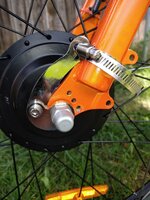 IMG_20210721_112849454.jpg280.1 KB · Views: 406
IMG_20210721_112849454.jpg280.1 KB · Views: 406 -
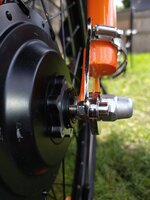 IMG_20210721_112858948.jpg206.1 KB · Views: 430
IMG_20210721_112858948.jpg206.1 KB · Views: 430 -
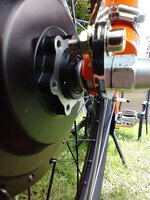 IMG_20210721_112926939.jpg343.9 KB · Views: 408
IMG_20210721_112926939.jpg343.9 KB · Views: 408 -
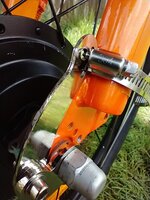 IMG_20210721_112933695.jpg324.9 KB · Views: 404
IMG_20210721_112933695.jpg324.9 KB · Views: 404 -
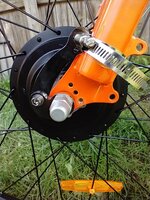 IMG_20210721_112944263.jpg390.3 KB · Views: 420
IMG_20210721_112944263.jpg390.3 KB · Views: 420 -
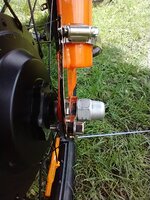 IMG_20210721_114611252.jpg437.2 KB · Views: 361
IMG_20210721_114611252.jpg437.2 KB · Views: 361 -
 IMG_20210721_114708026.jpg254.5 KB · Views: 410
IMG_20210721_114708026.jpg254.5 KB · Views: 410




